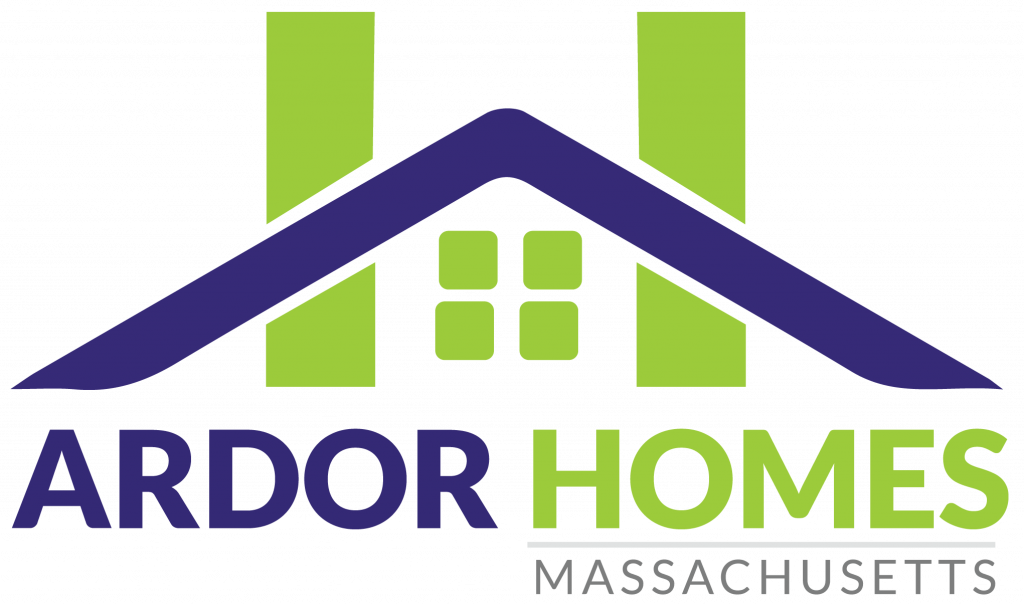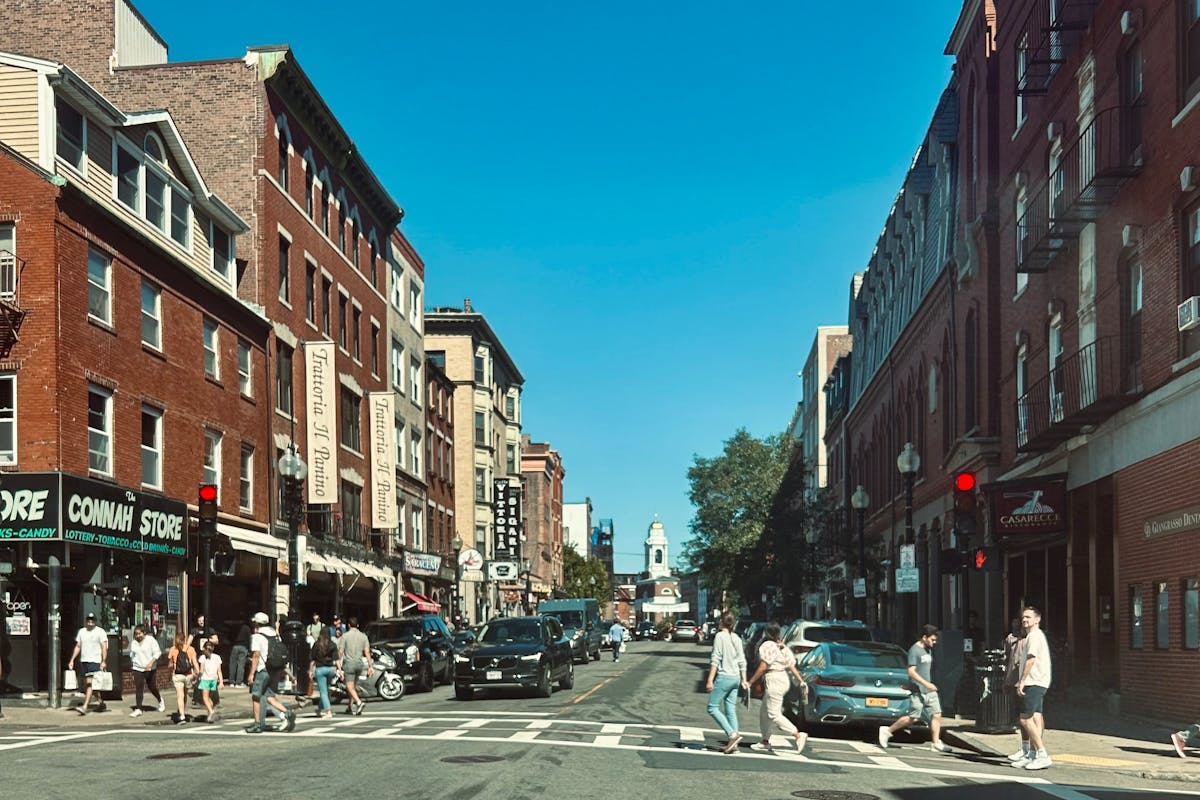Home affordability differs from one place to another due to each state’s living costs, utilities, and taxes. The truth is that many variables make finding the cheapest states to buy a house difficult.
While some states might have similar house prices, there are differences in salaries and living costs. Are you searching for the cheapest state to purchase a house in 2022? The following are the top 22 affordable states to consider.
22 Cheapest States to Purchase a House
Iowa
The Hawkeye State is home to the most affordable houses in America. With just 10.6 percent of the $147,800 median household cost, you can afford a home in Iowa.
While this Midwestern state is the biggest corn producer in America, and there are farmlands scattered all over the state, there are still big cities like Cedar Rapids, Iowa City, and Des Moines you’ll be interested in buying a property.
Georgia
As the eighth-most populated state in the country, Georgia is home to over 10.7 million residents. Georgia’s diverse economy centers on logistics and industry, defense sectors, mining, and agriculture.
With a median home value of $364,100, some of the cheapest places to own a house in Georgia include Augusta, Columbus, Macron, and Albany.
Indiana
Indiana is another state to consider if you’re looking to buy cheap houses. With a $141,700 median home price and an 11.03 percent median income, you can purchase a home in Indiana.
As a Midwestern state, Indiana is home to miles of farmland. Consider buying a house in Bloomington, Fort Wayne, and Indianapolis if you’re on a budget.
Texas
As the second-largest state in America with 29.2 million residents, Texas is home to major industries, including energy and natural resources, mining and agriculture, and technology.
With a $295,319 median home value, you can go for a home in Dallas-Fort Worth (the largest metro area) or Austin, the state capital. The cheapest towns to purchase a home are Pharr, Brownsville, Wichita Falls, and Port Arthur.
Ohio
As a Midwestern state, residents in the Buckeye State require only 11 percent of average earners’ income to purchase a home. Simply put, with as little as $145,700, you can become a homeowner in Ohio.
The Wright Brothers’ birthplace, Ohio, is a famous state with a lot to offer. Ohio is big on football with the Ohio State Buckeyes, the Cleveland Browns, and the Cincinnati Bengals.
Nebraska
Residents in Nebraska will need to spend only 11.19 percent of their income on a median-priced house mortgage. Home prices in Nebraska start from $156,000, the median home value is $233,006, and the cost of living index is at 90.8 percent.
Known as the Cornhusker State and Beef State, Nebraska is recognized for its corn farming and cattle industry and presently, information technology, manufacturing, and transportation.
Suppose you prefer the big cities, opt for Lincoln (the capital) or Omaha (the biggest metropolitan area). Some of the cheapest cities to purchase a house in Nebraska include Scottsbluff, Hastings, Lexington, and Beatrice.
New Mexico
As the 36th most-populated state in America and home to more than 2.1 million residents, most of the New Mexico economy is dependent on the service sector and the rest on extractive industries (oil production and mining).
Consider buying a house in Albuquerque (the largest metro area) or Santa Fe (the state capital) if you prefer the big cities.
With a median home price of $281,938, Some of the cheapest cities to own a house in New Mexico include Clovis, Farmington, Alamogordo, and Roswell.
Kansas
With an 11.19 percent median household income, residents in Kansas can buy a home. Houses in Kansas are low-priced, and the median home costs about $151,900 in the Nation’s Breadbasket.
Known as the Nation’s Breadbasket for grain production and plentiful wheat fields, some of the biggest cities in Kansas include Topeka, Wichita, and Kansas City.
Mississippi
Homes are less affordable in Mississippi, and with an 11.31 percent median household income, a Mississippi resident can become a homeowner. House prices are around $254,500.
Mississippi is known as the Magnolia State due to the flowering state tree and is also one of the highest producers of catfish. If you enjoy staying in big cities, consider owning a house in Biloxi and Jackson.
West Virginia
With 11.31 percent of the median household income, you can buy a house in West Virginia seeing as the average home costs under $120,000.
Also called the Mountain State, West Virginia rests in the Appalachians and features mountains, valleys, and rolling hills. Some of the cheapest towns to consider purchasing a house are Beckley, Huntington, Clarksburg, and Bluefield.
Oklahoma
Residents in Oklahoma can become homeowners with an 11.64 percent median household income and a $136,600 average house price.
As the 28th most-populated US state with about 4 million people, Oklahoma’s economy is driven by the natural resources, manufacturing, and agricultural sectors.
Enid, Shawnee, Lawton, and Muskogee are the cheapest cities to own a house in Oklahoma.
Michigan
A median-priced home in Michigan costs about 11.73 percent of the average income. Presently, the median home prices are $154,900 in the state.
As the 10th most populated US state with over 10 million residents, Michigan’s economy is driven by information technology, defense, natural resources, and manufacturing. Suppose you prefer to stay in the big cities, consider buying a home in Detroit (the largest metropolitan area) or Lansing (the state capital).
Some of the cheapest cities to purchase a house in Michigan include Saginaw, Bay City, Detroit, and Flint.
Arkansas
With a 12 percent median household income and $129,000 average home value, residents in Arkansas can become a homeowner.
Known as the Land of Opportunity, Arkansas is home to miles of great lakes, rivers, and hot springs. Consider buying a house in Fort Smith, North Little Rock, Texarkana, or Pine Bluff if you’re on a budget.
Alabama
Also known as the Cotton State, is one of the cheapest states to buy a house in the US. Alabama residents can become homeowners with a 12.2 percent average household income and property prices of $190,253.
Suppose you desire the true Southern feel, consider owning a home in Alabama. Alabama is renowned for its beautiful plantation houses with curb appeal, southern hospitality, and football.
Some cities you’ll want to consider in Alabama are Mobile, Birmingham, and Montgomery.
North Dakota
You can become a homeowner in North Dakota with a 12.27 percent median household income and an average home cost of $193,900.
As the least populated state known for wheat production, North Dakota is named after the Sioux Dakota people that previously inhabited the area. Some affordable cities to consider in North Dakota are Fargo, Grand Forks, Minot, and Jamestown.
Kentucky
Known as the Bluegrass State, a 12.35 percent average household income and a median home price of $141,000 can get you a property in Kentucky.
Kentucky is famous for coal mining, fried chicken, tobacco farming, and horse racing. Some cities to consider are Frankfort, Lexington, and Louisville.
Missouri
With 12.4 percent of the $72,300 median household income and an average household home price of $157,000, you can become a homeowner in Missouri.
Also called the Show-Me State, Missouri is renowned for its jazz and blues scenes and world-famous barbecue. Some of the cheapest cities in Missouri are Independence, Joplin, Florissant, and St. Joseph.
South Dakota
Known as the Mount Rushmore State, with 12.62 percent of the median home price, an average home price of $157,200, and a less than $800 per month mortgage, you can become a homeowner in South Dakota.
South Dakota is famous for having the Rocky Mountains’ highest point and booming agricultural industry cranking out beef, pork, wheat, soybeans, and corn. The cheapest cities to consider in the state are Vermillion, Aberdeen, Mitchell, and Huron.
North Carolina
As the ninth most US-populated state with 10.4 million people, North Carolina is renowned for high technology, manufacturing and textiles, and agriculture.
With a 94.9 percent cost of living index and a $302,153 median home value, you can become a homeowner in North Carolina. Suppose you prefer living in big cities; you can go for Charlotte (the largest metro area) or Raleigh (the state capital).
Some of the cheapest towns to purchase a home are Burlington, Wilson, Fayetteville, and Rocky Mount.
South Carolina
As the 23rd most populated US state with 5.1 million people, South Carolina is renowned for its three largest industries: healthcare, manufacturing, and agriculture.
With a median home value of $274,40 and a 95.9 percent cost of living index, you can easily own a property in South Carolina.
Consider buying a house in the largest metro area of Greenville-Anderson or the state capital (Columbia). You can also buy a home in Florence, Spartanburg, or Sumter.
Louisiana
With 4.7 million residents as the 25th most-populated US state, Louisiana’s economy relies on tourism, transportation, and agriculture (the three largest sectors).
The median home value is $208,049 with a 93.9 percent cost of living index. Suppose you prefer to stay in the big city, look towards New Orleans, the largest metro area, or Baton Rouge, the state capital.
Some of the cheapest towns to purchase a home are Marrero, Monroe, Alexandria, and Shreveport.

Wisconsin
As the 20th largest US state with almost 6 million residents, Wisconsin’s economy thrives on consumer goods, manufacturing, and agriculture.
With a median home value of $242,462 and a 97.3 percent cost of living index, becoming a homeowner in Wisconsin is easy.
If you’re a big city lover, consider going for the largest metro area (Milwaukee) or the state capital (Madison). The cheapest cities to own homes include Fond du Lac, Racine, Manitowoc, and Beloit.
Factors Impacting Housing Costs
Several factors affect home prices in different states. Average home prices are the most significant and obvious factors ranging from $50,000 to $1M in some neighborhoods and states.
You have to consider the amount you need to pay for property taxes yearly, especially for people staying in Connecticut, New Jersey, and New York (states notorious for their high property taxes).
There are also insurance rates to think about, especially if you’re buying a house in areas prone to natural disasters. Suppose your state experiences frequent tornadoes, wildfires, and hurricanes; expect to pay more money in insurance even if it doesn’t reflect in the house prices.
Closing costs also vary according to state. For instance, New York has considerable real estate transfer taxes and premium ‘mansion’ tax. Mortgage lenders’ interest rates differ depending on the state.
Furthermore, the building permit cost and regulations can make it less or more expensive to construct your own custom home or buy a brand new house.
The Cost of Living
You might want to calculate your new location’s cost of living before proceeding with the home purchase. The cost of living can impact your monthly expenditures when living in a specific place.
If your daily or monthly expenditures are four times higher or more, it will affect the amount you’ll have left after paying your bill and the money you can spare for fun outdoor activities.
Utilities are also a significant factor when choosing a state to buy a house—people living in Hawaii pay four times the electricity bill than Louisiana residents.
Various laws in each state can impact the amount you’ll have to spend on housing monthly. High-cost states like California and New York have witnessed a mass exodus of residents due to the high state income taxes.
Fortunately, states like Florida and Wyoming operate a no-state income tax law. Florida offers homestead protections; therefore, creditors can’t pursue wealth and equity in your house even if they pursue a legal case to that effect.
Macro Trends to Look for in 2022
As a first time home buyer looking to own your first home this year, you need to stay updated with the latest industry trends. Last year, the housing market was characterized by lower interest rates leading to less supply and more demand.
Will there be a change this year, or will 2021’s trend persist?
Homebuyers can monitor various macro trends to help predict the housing market’s performance in 2022, such as:
- Monetary policy effect on mortgage interest fees
- Job market changes
- Overall housing supply
- Renter occupied rate and homeownership statistics
- New and existing home sales
- Affordability and median home prices
- Continual migration of homebuyers to the suburbs

FAQs
What State Has the Cheapest Houses?
The cheapest state for purchasing a home doubles as one with lots of space. Arkansas has the most affordable house at $63 per square foot.
An 8,000 square foot average mansion in Arkansas is $504,000. Other cheaper states include Indiana, South Dakota, and Mississippi.
What Is the Ideal State to Purchase a House?
The best state to buy a house will depend on the factors that matter most to you. Some factors to consider include states with low property taxes, crime rates, foreclosures, and price per square foot. You can go for states like Indiana, Arkansas, and West Virginia from these factors.
Conclusion
Buying a house is a significant financial decision you probably might make once in your life or at least for a long time. Suppose you have a low budget; there are cheapest states to buy a house you might want to consider.
Fortunately, we have compiled a list of the top 22 cheapest states in 2022. Hopefully, with this list, you will be able to make the right choice. Don’t forget to consider some factors, including the living cost and insurance cost, before making a final decision. Good luck!

In her 25-year career, Steph Wilkinson has been involved in the acquisition, marketing and sales of over $3 Billion dollars of residential real estate. A number of years ago, Steph transitioned into Brokerage Leadership for National real estate brands and tech start-ups. She has served as a Business Strategist for real estate agents and brokerages alike and is also a real estate coach and trainer. In her new role with the Iconic Team, Steph will be responsible for the growth of the team and will be working with all of our agents to increase their productivity and bottom line.




